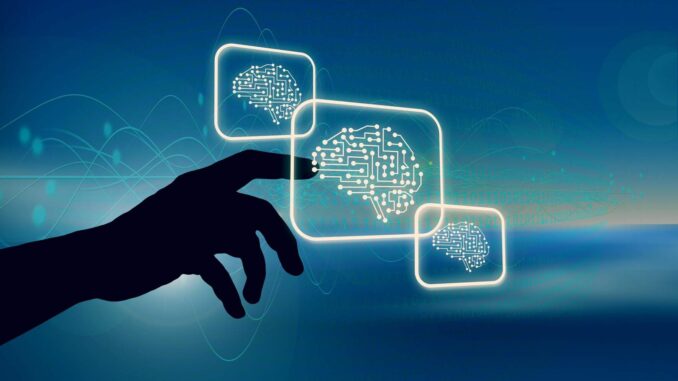
Generative AI refers to a class of artificial intelligence models and algorithms that are capable of generating new content, data, or information based on the input they receive or learned patterns from existing data.
This content can take various forms, including text, images, music, and more. Generative AI models are designed to learn the underlying patterns of the data they are trained on and then reproduce or create new and unique examples that resemble that training data.








Key techniques and models in generative AI include:
1. **Generative Adversarial Networks (GANs)**: These consist of two neural networks, a generator and a discriminator, which work against each other. The generator creates new data instances, while the discriminator evaluates them against real data, allowing the generator to improve its outputs over time.
2. **Variational Autoencoders (VAEs)**: These are used for generating new data points by learning the underlying distribution of the training data. VAEs encode input data into a latent space and then decode it back, allowing for the generation of new samples from the learned distribution.
3. **Transformers**: Models like GPT (Generative Pre-trained Transformer) utilize transformer architecture for generating human-like text. They are trained on vast amounts of text data and can produce coherent and contextually relevant responses based on prompts.
4. **Diffusion Models**: These models generate data by gradually transforming random noise into structured data through iterative refinement processes.
Generative AI has a wide range of applications, including content creation, art generation, music composition, video game development, conversational agents, drug discovery, and many more. However, it also raises ethical considerations, such as the potential for misuse in creating deepfakes or generating misleading information.

Leave a Reply